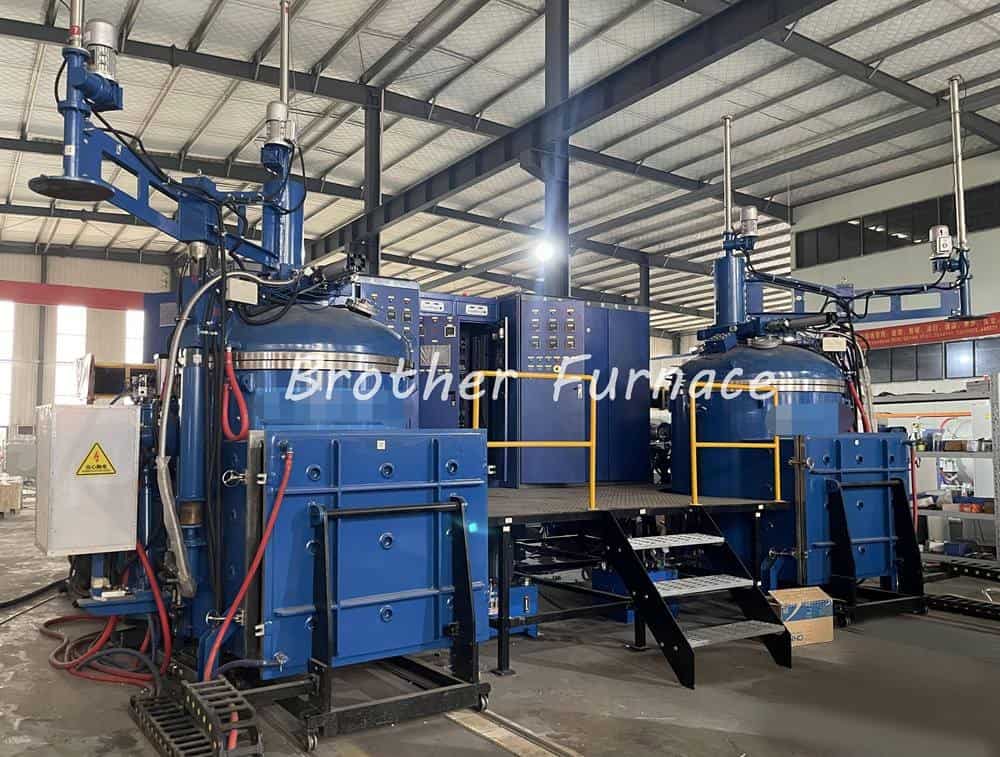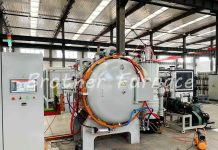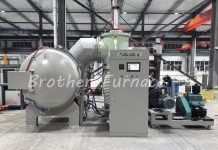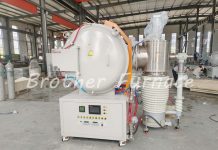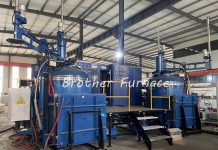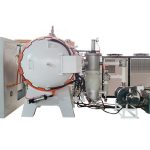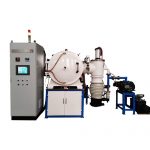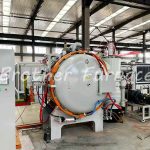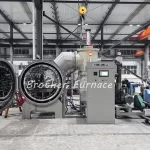Among various heat treatment processes and their applications, Vacuum Induction Melting (VIM) stands out as a highly advantageous method for melting and refining metals and alloys. In this post, we will explore the key advantages of VIM, and discuss why it has become a preferred choice in the modern metallurgical industry.
What is Vacuum Induction Melting (VIM)?
Vacuum Induction Melting is a process where metal or alloy materials are melted and refined under vacuum conditions. The process involves the use of an induction furnace, which generates an electromagnetic field to induce eddy currents within the metal, causing it to heat up and eventually melt. The vacuum environment helps in minimizing contamination from the atmosphere and provides an ideal condition for refining the molten metal.
Advantages of Vacuum Induction Melting
1. High Purity and Quality
One of the most significant benefits of VIM is the ability to produce high-purity and high-quality materials. The vacuum environment eliminates the risk of contamination from oxygen, nitrogen, and other gases present in the atmosphere. This results in a cleaner and more homogeneous melt, free from harmful inclusions and impurities that could impact the material’s mechanical properties.
2. Controlled Atmosphere
In the vacuum chamber, the atmosphere is tightly controlled. Only specified gases are introduced at precise pressures. This level of control allows tight control over the chemical composition of the melted material and any reactivity. Unwanted oxidation or reactions with ambient gases are avoided.
3. High-Temperature Capability
Induction heating is very efficient and can generate the high temperatures required to melt most metals and alloys. The vacuum environment enhances temperature control and uniformity. The best we can do is 2000℃。
4. Rapid Melting and Cooling
The induction coils heat the metal charge extremely quickly, enabling rapid melting. After the power is shut off, the molten metal can be quickly cooled and solidified. This enables a high degree of control over the melting and solidification process. Rapid cooling, in particular, helps achieve unique microstructures and material properties.
5. Reduced Energy Consumption
The use of an induction furnace in VIM results in efficient energy transfer, as the magnetic field generated directly heats the metal. This makes the process more energy-efficient compared to other melting methods that rely on indirect heating, such as arc or resistance heating.
6. Wide Range of Applications
VIM can be employed for various industries and applications. It is widely used in the production of superalloys, stainless steels, and specialty metals for aerospace, medical, automotive, and energy industries. The process is also suitable for the production of advanced materials, such as intermetallic compounds, amorphous alloys, and metal matrix composites.
7. Scalability
VIM furnaces can be designed and scaled to suit different production capacities and requirements. This flexibility makes it suitable for both small-scale research purposes and large-scale industrial production.
In conclusion, Vacuum Induction Melting is a highly advantageous method for producing high-quality and pure metals and alloys. It offers high purity, rapid melting and cooling, reduced energy consumption, etc. which leads to high-quality metals and alloys with tailored properties. For these reasons, vacuum induction melting is a preferred choice in the metallurgical industry.
Learn more about our Vacuum Induction Melting Furnace…
Follow us on Facebook


